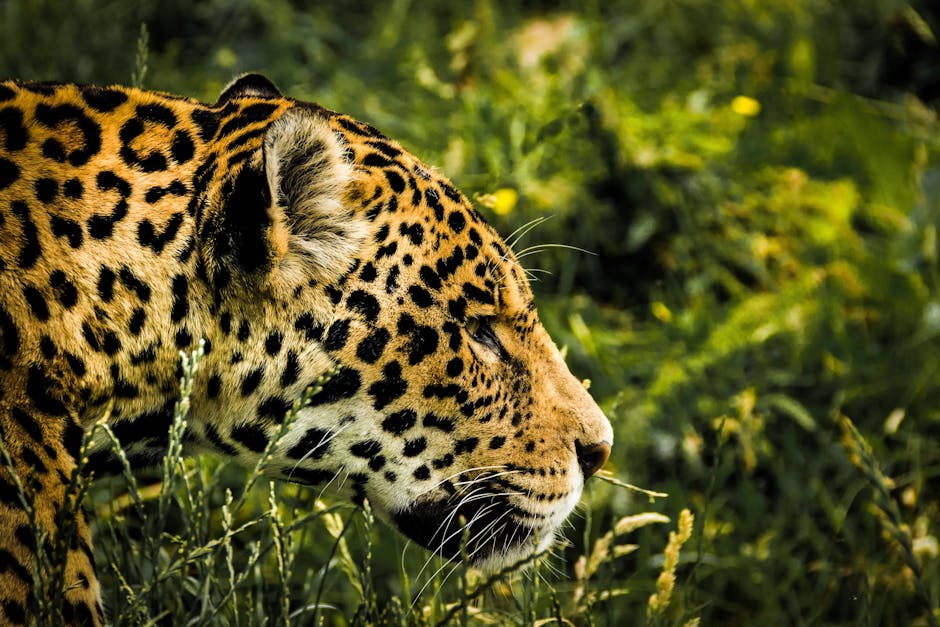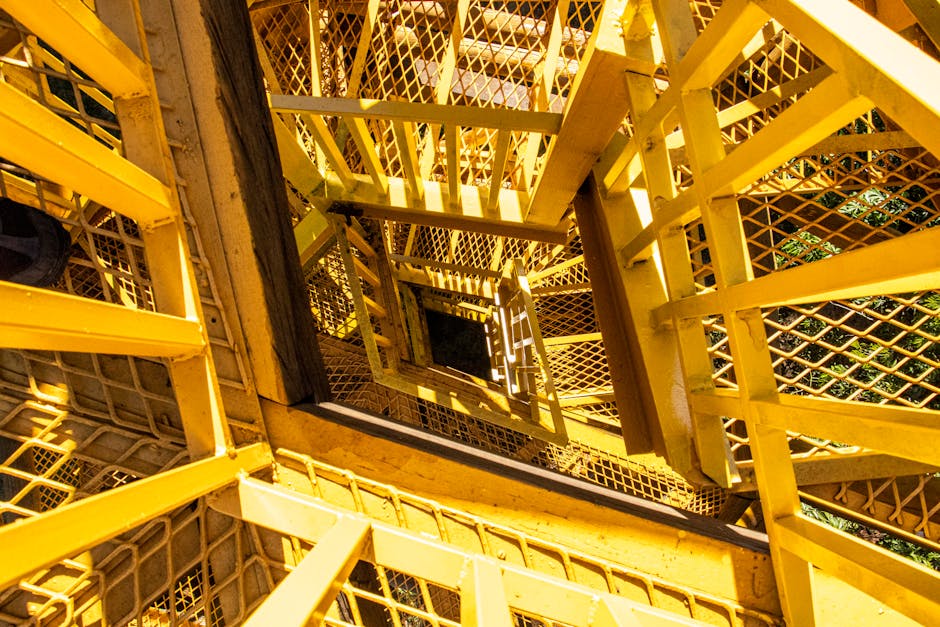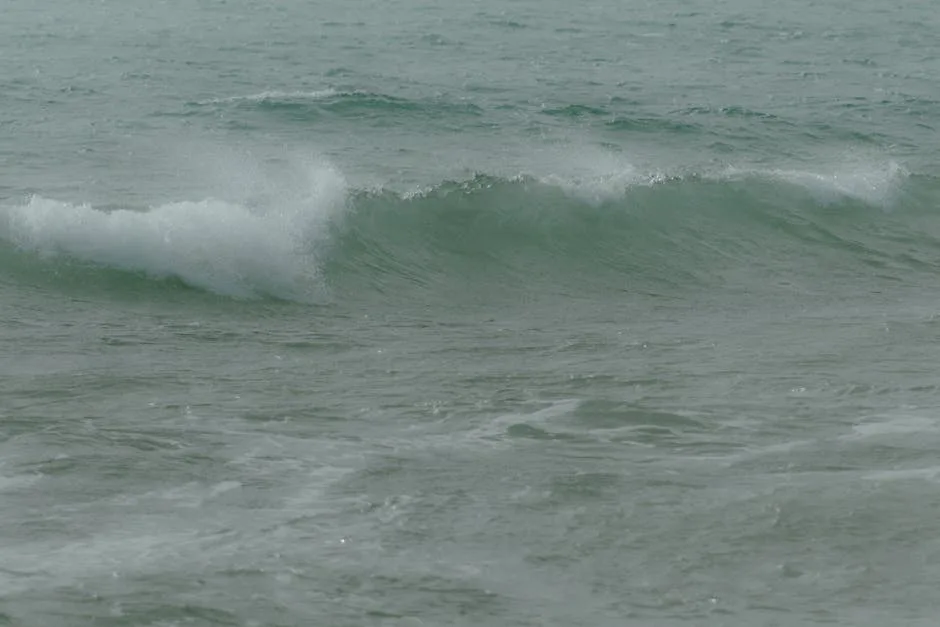Imagine a Safari Where the Wildlife Comes to You
Forget everything you think you know about safaris. Erase the images of dusty African plains and endless savannahs for just a moment. Now, picture this: you’re gliding down a serene river in a small boat, the air thick with the scent of damp earth and blooming water hyacinths. To your left, a family of capybaras, the world’s largest rodents, nonchalantly sunbathe on the riverbank, seemingly oblivious to the hundreds of Yacare caiman lurking like logs in the water nearby. A brilliant blue Hyacinth Macaw screeches overhead, and in the distance, a low growl sends a ripple of excitement through you. This isn’t a dream; this is the Pantanal. And 2025 is the year to experience it.
As a seasoned wildlife travel enthusiast, I’ve been to many of the planet’s great natural wonders. But the Pantanal… the Pantanal is different. It’s raw, it’s visceral, and the sheer density of wildlife is simply staggering. It’s the world’s largest tropical wetland, a sprawling, seasonally flooded mosaic of grasslands, forests, and rivers that covers an area larger than many European countries. Unlike the dense canopy of the Amazon, the Pantanal’s open landscapes make wildlife spotting not just possible, but practically guaranteed. Welcome to your comprehensive guide for an unforgettable Pantanal safari in 2025.
So, What Exactly is the Pantanal?
Think of the Pantanal as a gigantic, shallow basin. During the wet season (roughly November to April), rivers overflow, flooding over 80% of the area and creating a breathtaking aquatic wonderland. When the dry season arrives (May to October), the waters recede, trapping fish in shrinking pools and lagoons. This natural cycle creates an immense, all-you-can-eat buffet that attracts an incredible concentration of predators and other wildlife. It’s this ebb and flow that makes the Pantanal one of the most biodiverse ecosystems on Earth.
It’s an absolute haven for wildlife lovers. While Africa may have the “Big Five,” the Pantanal has its own superstar cast, and the headliner is undoubtedly the majestic jaguar. This is, without a doubt, the single best place on the entire planet to see jaguars in the wild. But the supporting cast is just as spectacular, from the comical giant otters to the prehistoric-looking tapir.
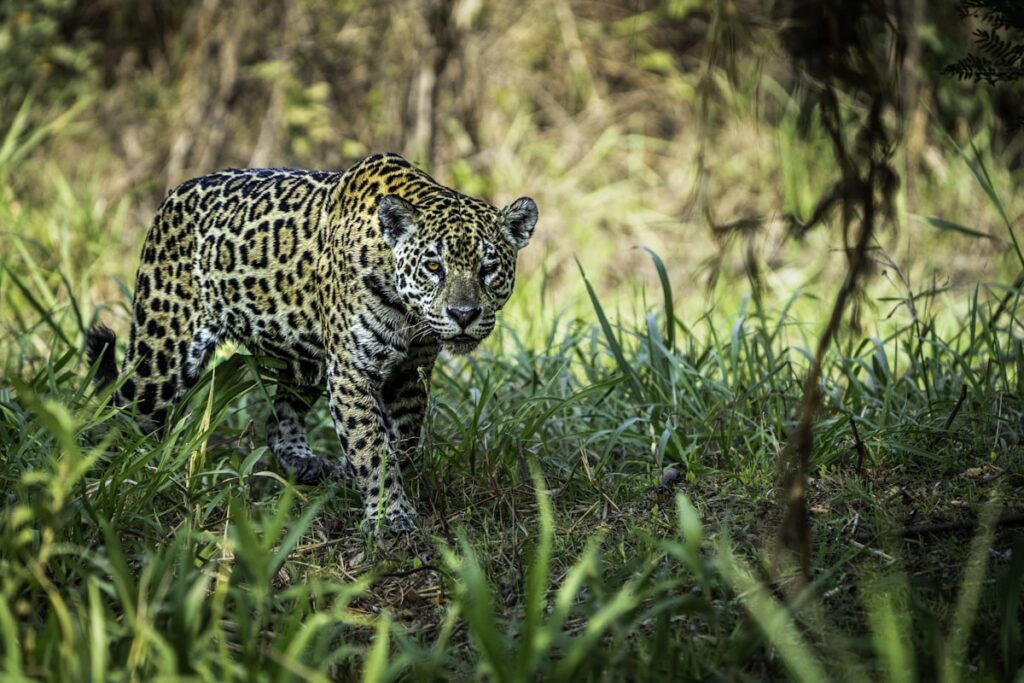
The Stars of the Show: Pantanal’s Unbelievable Wildlife
Let’s talk about why you’re really coming here: the animals. The Pantanal is a theater of natural drama, and you have a front-row seat. The list of potential sightings is long, but here are the A-listers you absolutely cannot miss.
The Elusive King: The Jaguar
Seeing a jaguar in the wild is a life-changing experience. These powerful, elusive cats are the apex predators of the Americas. In most of their range, they are ghosts, rarely seen. But in the Pantanal, particularly in the Porto Jofre region at the end of the Transpantaneira Highway, the script is flipped. Here, jaguars have become accustomed to the presence of small boats. They patrol the riverbanks in broad daylight, hunting caiman and capybaras. Your heart will pound as you watch a 300-pound cat stalk its prey, its rosette-covered coat a perfect camouflage against the dappled light. A 2025 safari focused on jaguars during the dry season offers the highest probability of multiple, quality sightings.
The Supporting Cast: Mammals, Big and Small
While the jaguar may be the main draw, the Pantanal’s other residents are equally captivating. You’ll see:
- Capybaras: The ever-present, semi-aquatic rodent that is the lifeblood of the Pantanal ecosystem. You’ll see them in the hundreds, often acting as unwitting pillows for birds.
- Giant River Otters: Known as the “river wolves,” these highly social and inquisitive animals can be seen in family groups, playing, fishing, and defending their territory with loud, piercing calls.
- Brazilian Tapir: A shy, nocturnal creature that looks like a mix between a pig and an elephant. Seeing one emerge from the forest at dusk is a real treat.
- Monkeys: Black-and-gold howler monkeys will be your morning alarm clock with their guttural calls, while nimble capuchin monkeys are often seen foraging in the trees.
A Birder’s Paradise
Even if you’re not a dedicated birdwatcher, the Pantanal will make you one. With over 650 documented species, the avian life is simply off the charts. The icon is the magnificent Hyacinth Macaw, the largest parrot in the world, whose stunning cobalt-blue feathers are a sight to behold. You’ll also spot the Jabiru Stork, the symbol of the Pantanal, with its massive nest perched atop trees, alongside countless toucans, kingfishers, herons, and egrets. The sheer color and sound are overwhelming in the best possible way.
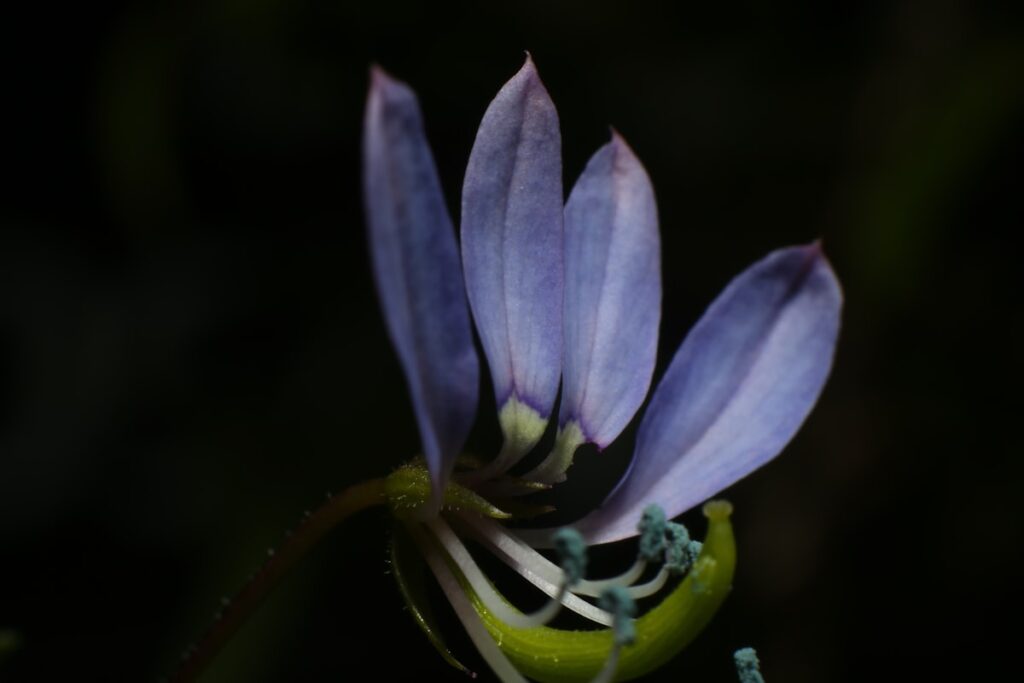
When to Go: Planning Your 2025 Pantanal Adventure
Timing is everything in the Pantanal. The experience changes dramatically between the two main seasons.
The Dry Season (May to October)
This is prime time, especially for first-time visitors and those with jaguars at the top of their list. As the water levels drop, wildlife congregates around the remaining rivers and waterholes, making them much easier to find. The roads, including the famous Transpantaneira Highway, are more accessible, and the weather is generally cooler and less humid. If you want to maximize your chances of seeing jaguars hunting along the riverbanks, this is your window. Book your 2025 trip well in advance, as lodges fill up quickly during these peak months.
The Wet Season (November to April)
Don’t discount the wet season! While jaguar sightings are less predictable and logistics can be more challenging due to flooded roads, the Pantanal transforms into a lush, green paradise. This is the best time for birding, as many migratory species are present. The landscapes are stunningly beautiful, with vast expanses of water reflecting the sky. It’s a different kind of safari, often explored more by boat and on foot, offering a sense of deep immersion in a rejuvenated world.
Structuring Your Safari: North vs. South
The Pantanal is vast, and your entry point will define your experience. The two main access points create two distinct regions.
The Northern Pantanal (via Cuiabá)
This is the classic jaguar safari route. You’ll fly into Cuiabá and travel south along the legendary Transpantaneira, a rugged dirt road that cuts deep into the wetlands. The road itself is a safari, lined with wildlife from start to finish. The journey culminates in Porto Jofre, the undisputed jaguar capital of the world. Safaris here are heavily boat-based, focusing on the Cuiabá River and its tributaries. This is the go-to choice for a predator-focused trip.
The Southern Pantanal (via Campo Grande)
The south offers a more traditional “fazenda” or ranch experience. The landscapes are characterized by vast, open grasslands and patches of forest. Here, you’ll stay on working cattle ranches that have embraced ecotourism. Activities are more varied and often include horseback riding with local pantaneiro cowboys, 4×4 vehicle safaris, and guided nature walks, in addition to boat trips. While jaguar sightings are possible, they are less common than in the north. This region is fantastic for a more diverse and culturally immersive experience.
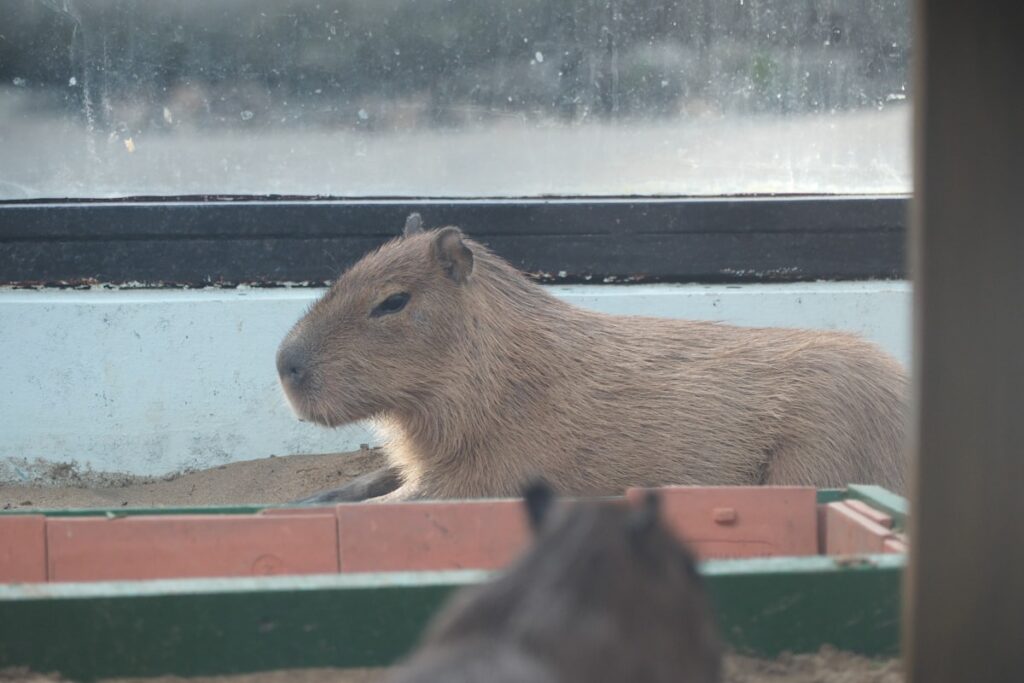
A Typical Day on a Pantanal Safari
Life in the Pantanal moves with the sun and the wildlife. Your days will be full, exciting, and deeply connected to the natural world.
Your day typically starts before dawn with a coffee and a light snack before heading out on your first activity—be it a boat safari or a 4×4 drive. The early morning light is magical, and the animals are at their most active. You’ll spend several hours exploring, with your expert guide pointing out incredible sights you might otherwise miss. You’ll return to the lodge for a hearty brunch or lunch, followed by a siesta during the hottest part of the day. This is a perfect time to relax, read a book, or review your photos.
In the late afternoon, as the temperature begins to drop, you’ll head out for your second major activity, staying out until after sunset to witness the spectacular Pantanal sky and perhaps catch a glimpse of nocturnal creatures beginning to stir. After returning, you’ll enjoy a delicious dinner, sharing stories with fellow travelers before falling asleep to the symphony of the wetlands, ready to do it all again the next day.
Planning a trip for 2025 gives you the perfect amount of time to research the right lodges, find the best guides, and prepare for what will undoubtedly be one of the most incredible wildlife spectacles you will ever witness. The Pantanal isn’t just a trip; it’s an immersion into a world teeming with life, a vibrant, breathing ecosystem that will capture your heart and leave you longing to return. The wild heart of brazil is calling.

